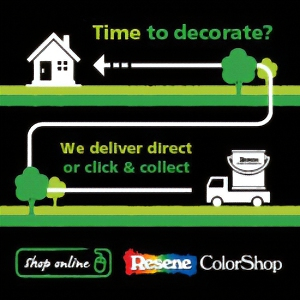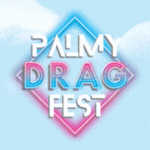George Fowler, aka Drag King Hugo Grrrl, spots the transphobia at the centre of recent anti-drag sentiment and implores parents to take their kids to age-appropriate drag shows.
Kids love drag. It’s glittery, cartoonish, colourful, and deeply silly. You couldn’t make an art form more perfect for young audiences if you tried. In fact, drag makes kids out of all of us. The magical, simple joys of a swishy gown and a goofy gag will flood even the most hardened viewer with giggly, childlike wonder. At its heart, it really isn’t all that complicated or serious – drag is just dress-ups for grown-ups.
However, the current debate would lead one to believe that something far more sinister is afoot. Despite an overwhelming lack of supporting evidence, drag performers are being branded as a menace, a social threat, and (worst and most cliche of all) a danger to children. Anti-drag sentiment has flooded all corners of the internet, made its way into law, and caused real-world violence and harm. How, in 2023, did we get here?
Drag has been a part of mainstream children’s entertainment since way back. Pantomime dames, Tyler Perry, Hairspray – the list could go on forever. The bizarre thing is that if Mrs. Doubtfire came out today, the conservatives would have a fit. So why the moral panic now?
Because, simply, we’re in the midst of an anti-trans backlash. Transgender and non-binary people have experienced a small burst of visibility, social acceptance, and legal freedoms in recent years. And where there’s progress, conservative panic isn’t far behind. In 1993, Robin Williams was simply a man in a dress. Today, he’d be pushing an agenda – lumped into a much larger discussion about gender, one likely deemed inappropriate for his young audience.
Indeed, one of the most prevalent arguments against all-ages drag is that it’s too adult an art form to ever be suitable for kids. Sure, most drag is made for adults, but so are almost all movies, music, and theatre shows. And we usually have no problem with those artists catering to different types of audiences. Channing Tatum can strip and grind on the big screen one week and write children’s books the next. Chris Rock can do outrageously risqué stand-up and also voice kids’ cartoon characters. The newest Wiggle posts TikTok thirst traps, and even our beloved Suzy Cato can get sultry on Dancing With The Stars, all without any critique of her suitability as a children’s entertainer.
So it stands to reason that drag performers should be allowed to do both too – to go-go dance on Saturday night and read picture books at the local library on Sunday morning. But no. While more risqué late-night drag shows largely go unprotested, one whiff of an all-ages drag event sends the comment sections into a flurry. Why is it that drag performers are less palatable when spreading love and acceptance to young audiences? Why are we considered most threatening when we are, ironically, our most wholesome, respectable, and clothed?
Because the issue isn’t queerness, it’s queerness in the daylight. Drag is where it belongs when it’s in basement bars, under the cover of darkness. That fits the mainstream story about what queerness is – scandalous, alternative, dirty. Respectfully, fuck that.
We belong in your libraries. We belong in your communities, on your TVs, and in your theatres. We deserve to live full, multifaceted public lives. We are not coming for your children. We are your children. We grew up overwhelmed by media representation of straight sexuality and cisnormativity, and yet here we are – still queer, as normal and natural as any other way of being.
The scope of what little boys and girls are allowed to grow up and be is narrowing by the day. Drag is exactly the social antidote we need right now, playfully reminding us that life needn’t be nearly as rigid as we’ve been taught.
So, show your kids drag. Let them know that they are free to express themselves however makes their hearts sing – that whoever they grow up to be is wonderful – that the world needs weirdos, people who think differently and feel differently and dress differently, to be a strong, creative place. We need kids to be all the things that drag stands for: resilient, imaginative, unapologetic, strange, loud, and sparkly – perfect just as they are.
Let them watch drag!























